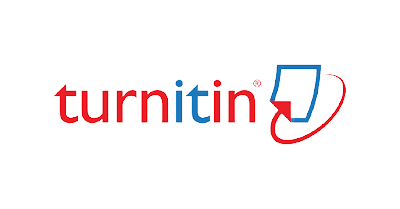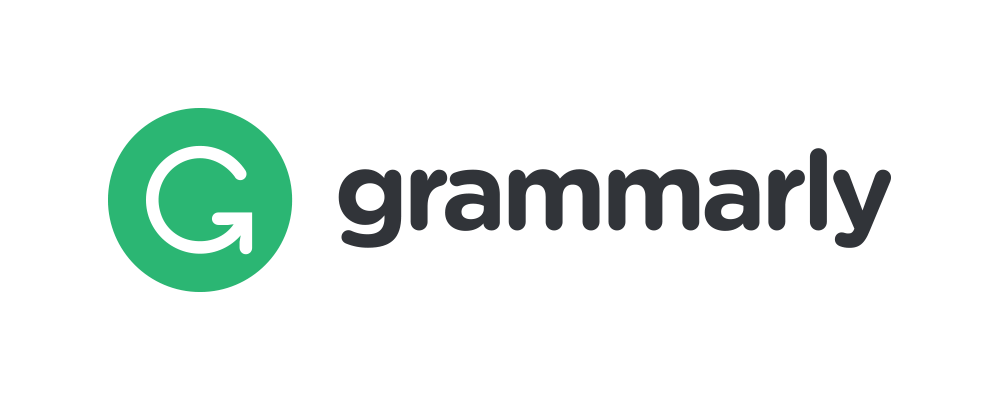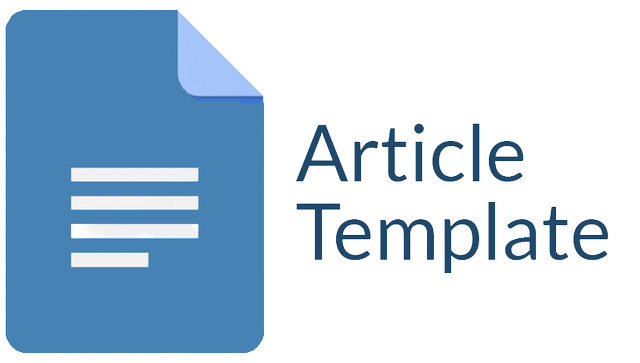RANCANG BANGUN SISTEM INFORMASI TUGAS AKHIR MENGGUNAKAN METODE WATERFALL DI FAKULTAS TEKNIK UNIVERSITAS ISLAM NUSANTARA
Abstract
One of the graduation requirements to get a bachelor's degree is to complete the final project. The implementation of the final assignment consists of several stages, starting with the submission of the proposal, proposal presentations, final project guidance, final project presentations, and final project defense. The Faculty of Engineering (FTEK) is one of the faculties at the Nusantara Islamic University (UNINUS). The implementation of the final assignment at FTEK UNINUS has not been well integrated because it still uses several different tools at each stage, making proposal seminar schedules, final project presentation schedules, and final project defense schedules is also still done manually by education staff (tendik). One of the ways to integrate the implementation of the final project is through information system development. Therefore, a website-based final project information system application was developed using the waterfall software development method with UML, the JavaScript programming language using the NextJS framework, and the PostgreSQL database. The result of this study is the final project information system website application, which is expected to help related parties at FTEK UNINUS implement their final project step by step
Downloads
References
Andrian, D. (2021). Penerapan Metode Waterfall Dalam Perancangan Sistem Informasi Pengawasan Proyek Berbasis Web. Jurnal Informatika Dan Rekayasa Perangkat Lunak, 2(1), 85–93.
Febriantoro, D., & Suaidah, S. (2021, Juli). PERANCANGAN SISTEM INFORMASI DESA PADA KECAMATAN SENDANG AGUNG MENGGUNAKAN EXTREME PROGRAMMING. Jurnal Informatika dan Rekayasa Perangkat Lunak (JATIKA), 230-238. doi:https://doi.org/10.33365/jatika.v2i2.926
Hidayat, R., Marlina, S., & Utami, L. D. (2017). Perancangan sistem informasi penjualan barang handmade berbasis website dengan metode Waterfall. Simnasiptek 2017, 1(1), 175–183.
Masturoh, S., Wijayanti, D., & Prasetyo, A. (2019). Sistem Informasi Akademik Berbasis Web Menggunakan Model Waterfall Pada SMK ITENAS Karawang. Jurnal Informatika, 6(1), 62–68.
Rumetna, M. S., & Lina, T. N. (2020). Sistem Informasi Kampung Wisata Arborek Dengan Metode Waterfall. Information System For Educators And Professionals: Journal of Information System, 5(1), 31–40.
Shalahuddin, M., & AS, R. (2014). Rekayasa Perangkat Lunak: Terstruktur dan Berorientasi Objek. Bandung: Informatika.
Susilowati, Y. (2019). Modul E-Commerce-Teaching Factory For Students. Mutiara.
Sutabri, T. (2012). Konsep Sistem Informasi. Yogyakarta: ANDI.
Wahid, A. A. (2020). Analisis metode Waterfall untuk pengembangan sistem informasi. J. Ilmu-Ilmu Inform. Dan Manaj. STMIK, No. November, 1–5.
Wicaksono, M. A., Rudianto, C., & Tanaem, P. F. (2021, Agustus). Rancang BangunSistem Informasi Arsip Surat Menggunakan Metode Prototype. Jurnal Teknik Informatika dan Sistem Informasi, 7, 390-403. doi:http://dx.doi.org/10.28932/jutisi.v7i2.3664
Wijaya, Y. D., & Astuti, M. W. (2021). PENGUJIAN BLACKBOX SISTEM INFORMASI PENILAIAN KINERJA KARYAWAN PT INKA (PERSERO) BERBASIS EQUIVALENCE PARTITIONS. Jurnal Digital Teknologi Informasi, 4(1), 22-26.
Wijaya, Y. D., & Astuti, M. W. (2019). Sistem informasi penjualan tiket wisata berbasis web menggunakan metode Waterfall. Prosiding Seminar Nasional Teknologi Informasi Dan Komunikasi (SENATIK), 2(1), 273–276.
Zubaidah, F. T., & Sari, Y. (2019, Juli). RANCANG BANGUN SISTEM INFORMASI TUGAS AKHIR MAHASISWA BERBASIS WEBSITE PADA FAKULTAS TEKNIK UPI Y.A.I. IKRA-ITH INFORMATIKA, 3, 67-75. Diambil kembali dari https://journals.upi-yai.ac.id/index.php/ikraith-informatika/article/view/320
Copyright (c) 2024 Yenni Fatman, Ipon Sarif Hidayat, Nisrina Ika Anadhiya

This work is licensed under a Creative Commons Attribution-ShareAlike 4.0 International License.
Jurnal allows anyone to compose, correct, and do derivative works, even for commercial purposes, as long as they credit for the original work. This license is the freest. It is recommended for maximum distribution and use of licensed material.
The submitted paper is assumed not to contain any proprietary materials that are not protected by patent rights or patent applications; The responsibility for technical content and protection of proprietary materials rests with the authors and their organizations and not the responsibility of journal or its editorial staff. The primary (first/appropriate) author is responsible for ensuring that the article has been viewed and approved by all other authors. The author's responsibility is to obtain all necessary copyright waivers to use any copyrighted material in the manuscript before submission.
Jurnal Pendidikan, Sains dan Teknologi allows the author(s) to hold the copyright without restrictions and allow the author(s) to retain publishing rights without restrictions. Jurnal Pendidikan, Sains dan Teknologi CC-BY-SA or an equivalent license as the optimal license for the publication, distribution, use, and reuse of scholarly work. Jurnal Pendidikan, Sains dan Teknologi allows the author(s) to hold the copyright without restrictions and allow the author(s) to retain publishing rights without restrictions. Jurnal Pendidikan, Sains dan Teknologi CC-BY-SA or an equivalent license as the optimal license for the publication, distribution, use, and reuse of scholarly work.
In developing strategy and setting priorities Jurnal Pendidikan, Sains dan Teknologi recognize that free access is better than priced access, libre access is better than free access, and libre under CC-BY-SA or the equivalent is better than libre under more restrictive open licenses. We should achieve what we can when we can. We should not delay achieving free in order to achieve libre, and we should not stop with free when we can achieve libre.
Jurnal Pendidikan, Sains dan Teknologi is licensed under a Creative Commons Attribution-ShareAlike 4.0 International License.
You are free to:
- Share a copy and redistribute the material in any medium or format
- Adapt a remix, transform, and build upon the material for any purpose, even commercially.
- The licensor cannot revoke these freedoms as long as you follow the license terms.






